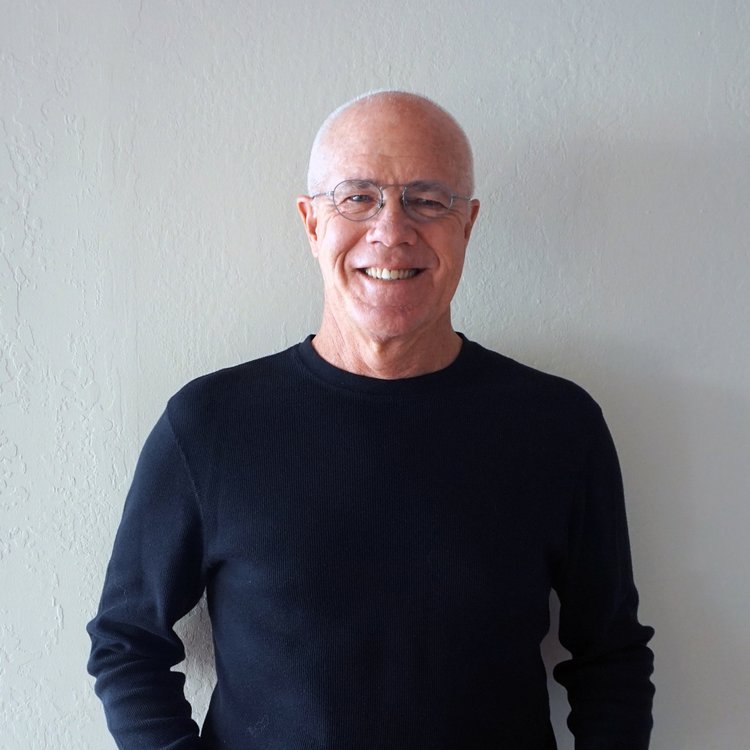First Hit: An in-depth introspective and a sliver of a story into the mob world’s connection to Jimmy Hoffa.
This was a historical storytelling film of the life of “The Irishman” Frank Sheeran (Robert De Niro). Accordingly, the movie begins and ends with Frank sitting in an old folks home telling the story of his life.
The young Frank starts his tale when he has just returned from his WWII stint in Italy, and is now a truck driver delivering meat. He finds that he can skim some of the carcasses off and sell them for extra side money. In doing so, he slowly begins to sell to mobsters who appreciate a good deal. A chance meeting, followed by a more formal introduction with rising mobster Russell Bufalino (Joe Pesci) begins a lifelong friendship. Russell gets Frank odd jobs including painting houses (which is a mob euphemism for murder) as needed by the mob.
When the trucking company catches Frank as he arrives at a store that purchased the meat with an empty truck, wants to convict him for theft. What happened to the meat? Frank sold it to gangsters but acts as if he’s no idea what happened to the beef in the truck. It is one of the few amusing scenes in the film.
Frank knows the value of keeping his mouth shut, and this trait along with his support of the International Brotherhood of Teamsters run by Jimmy Hoffa (Al Pacino) gets him a new job as Hoffa’s chief bodyguard.
The movie generously uses CGI to move these characters back and forth through at least 50 years of life, from young men in their 20s and 30s to old men in their 70s and 80s. For the most part, it works well.
We follow these three gentlemen through their lives, including mob family wars for power.
We watch them fight with the government about expanding to Cuba and the Castro regime. We watch them struggle with John F. Kennedy’s election and subsequent assassination. We see how Bobby Kennedy tried to bust up the unions and Hoffa in particular because of how Jimmy loaned the mob millions of dollars, interest-free, in union pension funds. In fact, the film makes a point of indicating that mob-controlled union pension funds built Las Vegas.
There are softer moments in the film like how Frank’s daughter Peggy (Anna Paquin as the older Peggy) visibly disliked Russell but liked Hoffa. The story also has a few tender scenes with Frank and his second wife, Irene (Stephanie Kurtzuba).
The scenes are shot with an authentic and matter of fact feel to them, not splashy. One-shot that stuck with me was when Russell takes Frank to a small airport to get on a plane to meet Hoffa in Detroit; the camera looks out the tiny private plane window to see Bufalino sitting in the Lincoln. Russell will wait in the car until Sheeran returns after meeting Hoffa. There was something about this shot that brought the craft of making even the small things to the forefront.
De Niro was excellent as the Irishman turned mob strong arm and Bufalino confidant. The scenes with the priest towards the end were powerful. De Niro skillfully expressed his character's refusal to deeply go into making amends. Pesci is terrific as mobster Bufalino. The scene which he and Frank are just getting to know each other, speaking Italian with Russell, and asking him how he learned to speak Italian is very engaging. Pacino as Hoffa was convincing. I’ve no idea who Hoffa is privately, but the way Pacino portrayed him here made it feel real. Paquin as Peggy is perfect. She knew deep inside who her father was and what he did, and her way of keeping her distance and her looks of disapproval are excellent. Harvey Keitel is sublime in his brief scenes as mobster kingpin, Angelo Bruno. Steven Zaillian wrote a strong and in-depth screenplay from the book “I Heard You Paint Houses.” Martin Scorsese showed his strength in using actors he knows and trusts to bring another compelling Italian mob film story to the screen.
Overall: Although very informational, it was a long film.
